Starting coin collecting in 2025? This beginner’s guide to coin collecting is your go-to resource for getting started the right way—with 5 simple steps to learn how to begin, what to collect, and avoid common mistakes! I remember when I first started collecting—I found a 1964 quarter in my pocket change and was hooked. Whether you’re new to coin collecting for beginners or just looking to build a collection you’re proud of, we’ve got you covered. In this guide, you’ll learn to set a collecting goal, gather essential tools, hunt for coins in your change, identify valuable finds, and connect with a community to grow your skills. Let’s dive into your numismatic journey with Treasure in Coins!
Why Coin Collecting Captivates Beginners in 2025
Have you ever held a coin and felt a spark of wonder? Coin collecting for beginners isn’t just a pastime—it’s a chase, a deeply personal adventure where every penny might hide a treasure. In 2025, this hobby calls to you with fresh tools, vibrant communities, and tales—like the 1969-S Penny that turned a beginner’s pocket change into thousands. Ready to start your journey?
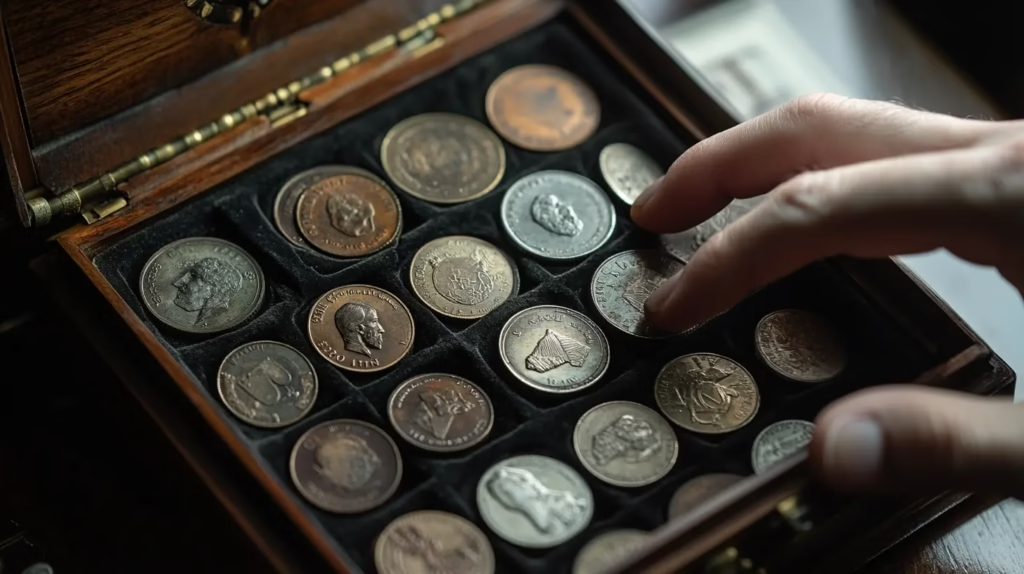
Why Start Coin Collecting as a Beginner?
Coin collecting for beginners offers more than just a casual distraction. It’s a blend of education and adventure. Each coin whispers tales of its era—think of the 1943 Steel Penny, minted during wartime metal shortages when copper was needed for the war effort, or the 1964 Kennedy Half Dollar, struck in memory of a fallen president just months after his assassination. These coins aren’t just metal—they’re time capsules, carrying stories of economic hardship, cultural shifts, and human resilience.
Beyond history, there’s value: a 1955 Double Die Penny, with its striking mint error where the date and lettering appear doubled, can fetch $500 to $1,000 in circulated condition, and up to $20,000 if pristine. For beginners, the appeal lies in its simplicity—you don’t need a fortune to start. A handful of quarters from your pocket could spark a lifelong passion. In 2025, the hobby is more accessible than ever, thanks to digital tools like grading apps (e.g., PCGS CoinFacts) and online marketplaces (e.g., eBay, Heritage Auctions), which make it easier to learn, buy, and sell. Social media platforms also offer a wealth of knowledge—Instagram accounts like @CoinCollectorDaily share daily finds, while YouTube channels like CoinWeek provide tutorials on spotting rare coins. It’s a hobby that rewards patience, curiosity, and a keen eye, making it perfect for beginners on a budget looking for a meaningful pursuit.
5 Steps to Start Coin Collecting in 2025
Ready to begin your coin-collecting journey? These 5 simple steps will guide you through the process, from setting a goal to building a community. Let’s get started!
Step 1: Set a Collecting Goal
The first step in coin collecting for beginners is deciding what you want to collect. This gives your hobby direction and keeps you motivated. You might focus on a specific era, like coins from the 1960s, or a theme, such as coins featuring U.S. presidents (e.g., Lincoln Pennies, Kennedy Half Dollars). Alternatively, you could collect coins from a particular country, like rare Australian coins or Canadian small cents, which are often accessible and affordable for beginners.
For example, when I started, I focused on state quarters because they were easy to find in pocket change and had unique designs—like the 2004-D Wisconsin Extra Leaf quarter, which can be worth $50 or more due to a minting error. Setting a goal helped me stay focused, and each new find felt like a small victory. As a beginner in 2025, you might also consider modern coins with potential, like the 2025 American Women Quarters series, which honors notable women and could become collectible over time. Choose a goal that excites you—it’s the foundation of your collection.
Step 2: Gather Basic Tools
Starting right means having the right gear. Here’s what every beginner needs in 2025 to handle, inspect, and store coins properly:
- Magnifying Glass or Loupe: A 5x-10x loupe reveals details—mint marks, wear, errors. Around $10 online, it’s your first must-have. I use a 10x loupe to spot tiny mint marks like the “S” on a 1969-S Penny—it’s a game-changer.
- Cotton Gloves: Handling coins bare-handed risks oil damage. Gloves (under $5) keep your finds pristine. I learned this the hard way after smudging a 1964 Kennedy Half Dollar—don’t make my mistake!
- Coin Sleeves or Albums: Protect your collection with 2×2 cardboard holders or albums (~$10-$20). Start small—10-20 slots. Albums like the Dansco State Quarters album helped me organize my early finds.
- Reference Guide: “A Guide Book of United States Coins” (Red Book, ~$15) lists values and specs—your beginner’s bible. It’s how I discovered the value of my 1943 Steel Penny.
- Notebook: Track finds—date, condition, source. Free, but invaluable for reflection. I keep a simple notebook to log where I found each coin, which helps me spot patterns in my collecting habits.
- Digital Tools (Optional): In 2025, apps like PCGS CoinFacts (free) let you grade coins on the go, while online databases like Numista offer detailed coin histories. These tools are perfect for beginners looking to learn without spending more.
These tools, under $50 total, set you up for success without breaking the bank. They’ll help you inspect coins, protect your collection, and track your progress as you build your skills.
Step 3: Start with Pocket Change
One of the easiest and most budget-friendly ways to begin coin collecting is by looking through your pocket change. This step is all about discovery—finding interesting coins like state quarters, error coins, or even silver coins from circulation. It’s a low-cost way to kickstart your journey, requiring nothing more than curiosity and a keen eye.
I’ve always found this step so exciting—I once found a 2004-D Wisconsin Extra Leaf quarter in my change, which sparked my love for error coins! It’s worth about $50, but the thrill of the find was priceless. Here are some specific coins to look for in 2025:
- State Quarters (1999-2009): These quarters feature designs for each U.S. state and are still in circulation. Look for errors like the 2004-D Wisconsin Extra Leaf (worth $50-$100) or the 2005 Minnesota Extra Tree (worth $20-$50). Check the date and design on the reverse side.
- Kennedy Half Dollars (1965-1970): These are 40% silver and can occasionally be found in change, especially at banks or from older relatives. A 1969-D Kennedy Half Dollar in circulated condition is worth $4-$5 due to its silver content.
- Sacagawea Dollars (2000-Present): The 2000 Sacagawea Dollar, with its golden hue, is a modern classic. Most are face value, but the rare “Cheerios” version (from a 2000 promotional campaign) can hit $10,000. Look for a small “P” mint mark and the Cheerios pattern on the box if you find one in a collection.
To get started, empty your wallet or ask friends and family for spare change. You can also visit your local bank and request a roll of quarters or half dollars (usually $10-$20 per roll). Spend an evening sorting through them with your loupe—it’s a relaxing way to begin your coin-collecting journey on a budget.
Step 4: Learn to Identify Value
Once you’ve started collecting, the next step is learning how to tell if a coin is valuable.”. This skill can turn a simple find into a treasure, as many coins have hidden value due to rarity, mint marks, or errors. Check for these key factors:
- Rarity: Some coins are rare due to low mintage or historical significance. For example, the 1943 Steel Penny, made during WWII when copper was scarce, is common (worth 10-50 cents), but a copper version of the same year (a mint error) can be worth millions.
- Mint Marks: These small letters (e.g., “S” for San Francisco, “D” for Denver) indicate where a coin was minted. A 1969-S Lincoln Penny with a doubled-die error can be worth up to $35,000, while a 1969-D (like the one pictured earlier) is worth just a few cents.
- Errors: Look for minting errors like double dies (e.g., 1955 Double Die Penny, worth $500-$1,000 in circulated condition) or off-center strikes, where the design is misaligned. I’ve learned that off-center strikes can be especially valuable—an off-center 1969 Kennedy Half Dollar might fetch $50 or more, even in circulated condition.
Use your magnifying glass to inspect coins for these details. Apps like PCGS CoinFacts can help you identify errors and check current values. For example, I once found a 1969-D penny in my change and used the app to confirm it wasn’t the rare doubled-die version—but the process taught me what to look for next time. Start practicing with your pocket change finds, and you’ll soon develop a sharp eye for value.
Step 5: Join a Community
The final step is to connect with other collectors to share finds, ask questions, and grow your skills. In 2025, online communities make this easier than ever, offering a wealth of knowledge and support for beginners. Joining a community can turn your hobby into a social experience and help you avoid common pitfalls.
When I started, I joined an online forum and posted a photo of my first 1943 Steel Penny—I was amazed at how many collectors offered advice on grading and storage! Here are some ways to get involved:
- Online Forums: Platforms like CoinTalk and Numista are great for beginners. You can share photos of your finds (e.g., “Is this 1955 Double Die real?”) and get expert feedback. These forums also have sections for buying and selling, which can help you expand your collection.
- Social Media: Follow coin-collecting accounts on Instagram (e.g., @CoinCollectorDaily) or YouTube (e.g., CoinWeek) for daily tips and tutorials. These platforms can inspire you—I learned about the 2000 Sacagawea “Cheerios” dollar from a YouTube video, which motivated me to check my change more carefully.
- Local Clubs: Search for coin clubs in your area through the American Numismatic Association (ANA) website (ana.net). Many clubs host monthly meetings where you can meet other collectors, trade coins, and attend educational talks. If you’re in the U.S., cities like Chicago or Denver often have active clubs.
- Treasure in Coins Community: ou can also learn from examples of rare U.S. coins worth money to sharpen your eye for what’s valuable.”. Share your finds with us—we’d love to hear about your first treasure!
Joining a community not only helps you learn but also keeps you motivated. Your first year could uncover treasures, and the friends you make along the way will make the journey even more rewarding.
Top 5 Starter Coins for Beginners in 2025
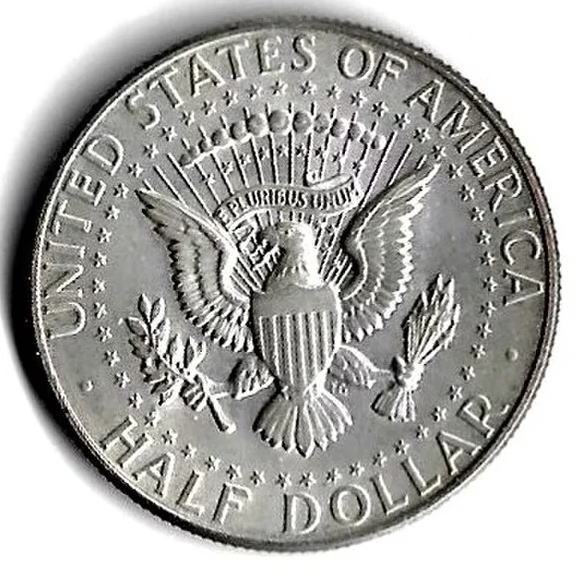
Wondering where to begin? These five US coins are perfect for novices in coin collecting—they’re accessible, affordable, and packed with potential. Let’s explore.
1. 1969-S Lincoln Penny – The Hidden Gem
The 1969-S Lincoln Penny is a beginner’s dream. Most pennies from this year are worth a cent, but the San Francisco-minted version with a doubled-die error can soar to $35,000 in top condition. The 1969-S with a doubled-die error can soar to $35,000, but a 1969-D like this one starts your hunt. Check your change for that tiny “S” mint mark beneath the date—your first find could be a jackpot.

2. 1955 Double Die Lincoln Penny – A Minting Marvel
Known for its bold doubling on “LIBERTY” and the date, the 1955 Double Die Penny is a classic. Circulated examples sell for $500-$1,000, while pristine ones hit $20,000. It’s rare but not impossible to find—perfect for beginners eager to hunt.
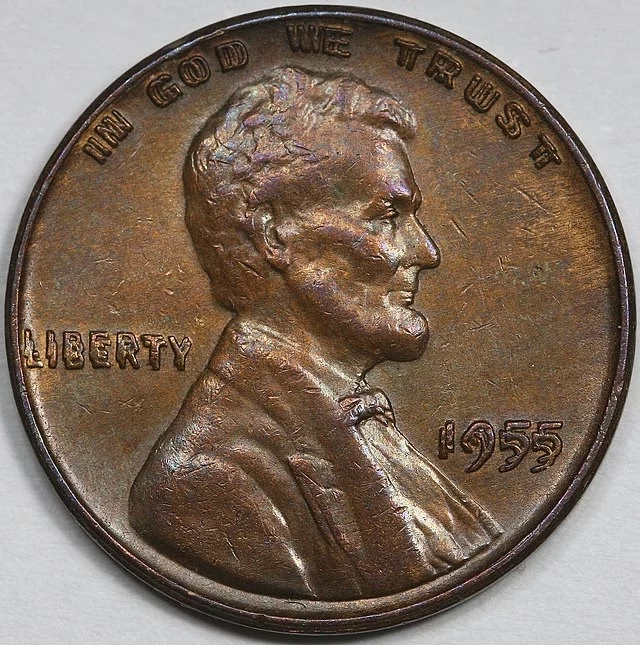
3. 1943 Steel Penny – The Wartime Wonder
During World War II, copper was scarce, so the US Mint made pennies from zinc-coated steel in 1943. Most are worth 10-50 cents, but errors (like copper versions) fetch millions. Beginners love its unique silver look—grab one from a coin shop for under a dollar.
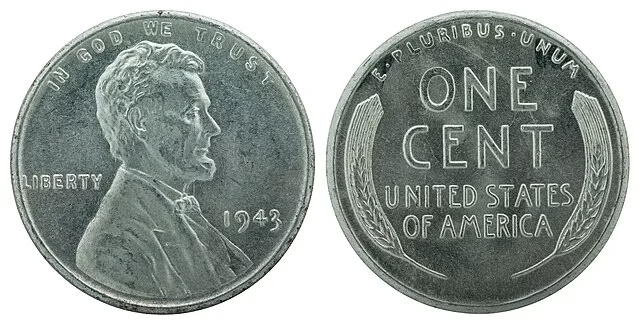
4. 1964 Kennedy Half Dollar – A Tribute Coin
Minted after JFK’s assassination, the 1964 Kennedy Half Dollar in 90% silver is a sentimental starter. Circulated ones go for $10-$15 due to silver content—check grandma’s stash or local dealers. It’s an easy, meaningful addition for new collectors.
5. 2000 Sacagawea Dollar – The Modern Classic
The 2000 Sacagawea Dollar, with its golden hue and Native American design, is still in circulation. Most are face value, but the rare “Cheerios” version (from a promo) can hit $10,000. Beginners can find these in change—your first modern treasure.
These coins teach you mint marks, errors, and history—core skills for coin collecting as a beginner.
Essential Tools for Coin Collecting Beginners
Starting right means having the right gear. Here’s what every beginner needs in 2025:
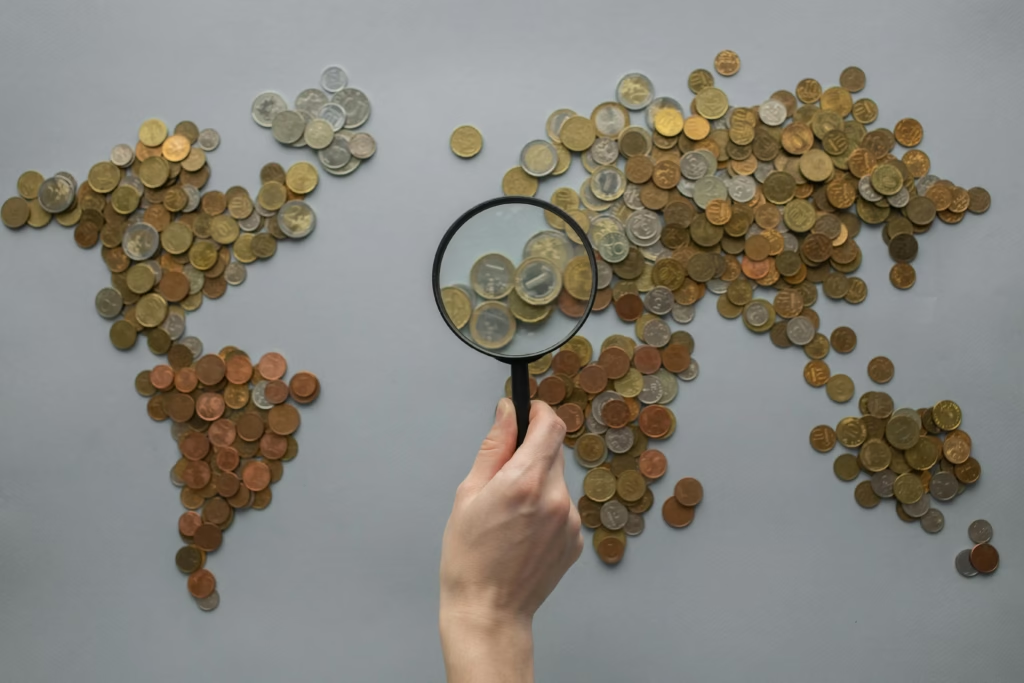
- Magnifying Glass or Loupe: A 5x-10x loupe reveals details—mint marks, wear, errors. Around $10 online, it’s your first must-have.
- Cotton Gloves: Handling coins bare-handed risks oil damage. Gloves (under $5) keep your finds pristine.
- Coin Sleeves or Albums: Protect your collection with 2×2 cardboard holders or albums (~$10-$20). Start small—10-20 slots.
- Reference Guide: “A Guide Book of United States Coins” (Red Book, ~$15) lists values and specs—your beginner’s bible.
- Notebook: Track finds—date, condition, source. Free, but invaluable for reflection.
These tools, under $50 total, set you up for success without breaking the bank.
Common Beginner Mistakes to Avoid
As a beginner, it’s easy to make mistakes that can cost you time, money, or the value of your coins. Here are some pitfalls to watch out for, along with tips to avoid them:
- Cleaning Coins Without Research: One of the biggest mistakes I made early on was trying to polish a 1964 Kennedy Half Dollar to make it “shiny”—it stripped the natural patina and reduced its value from $15 to almost nothing. Cleaning coins can damage their surface, lowering their grade and appeal to collectors. Instead, learn proper preservation techniques (check our guide on how to clean coins safely)—use distilled water and a soft brush only if necessary, and always research first.
- Overpaying for Coins: Beginners often overpay at coin shops or online auctions due to excitement or lack of knowledge. For example, a circulated 1943 Steel Penny is worth 10-50 cents, but I once saw a beginner pay $5 for one because they didn’t check the Red Book. Use a reference guide like the Red Book or apps like PCGS CoinFacts to check values before buying, and start with affordable coins like those in your pocket change.
- Ignoring Storage: Storing coins improperly can lead to damage like scratches or corrosion. I learned this when I kept my early finds in a plastic bag—my 2000 Sacagawea Dollar got scratched and lost its luster. Use 2×2 cardboard holders or albums to protect your coins, and store them in a dry, cool place to prevent tarnishing.
- Not Checking for Errors: Many beginners overlook minting errors that can significantly increase a coin’s value. For instance, I missed a doubled-die error on a 1969-D penny early on because I didn’t know what to look for—it could have been worth $50 or more. Train your eye to spot errors like double dies (e.g., 1955 Double Die Penny) or off-center strikes using your loupe, and compare your coins to images on sites like PCGS or Numista.
Avoiding these mistakes will save you from costly errors and help your collection grow in value and meaning over time.
Want to make sure you’re storing these coins the right way? Check out our guide on how to clean coins safely.
Frequently Asked Questions (FAQ)
Here are answers to common questions beginners often have when starting coin collecting in 2025. These should help you navigate your journey with confidence.
What’s the best coin to start collecting as a beginner in 2025?
The 1964 Kennedy Half Dollar is a great starter coin—it’s 90% silver, widely available, and affordable (circulated ones cost $10-$15). It’s sentimental, tied to JFK’s legacy, and a meaningful addition to any beginner’s collection. You can also start with state quarters from your pocket change, as they’re free and often have collectible errors like the 2004-D Wisconsin Extra Leaf (worth $50-$100).
How do I start coin collecting on a budget?
Begin with pocket change—sort through quarters, pennies, and dimes for interesting finds like state quarters or 1965-1970 Kennedy Half Dollars (40% silver). Visit your bank and request a roll of quarters or half dollars (e.g., $10 for a roll of 40 quarters). You can also buy affordable coins like the 1943 Steel Penny (10-50 cents) at local coin shops or online marketplaces like eBay.
Where can I find rare coins as a beginner?
Start by checking your change or asking family for old coins—grandma’s stash might hide a 1964 Kennedy Half Dollar or a 1943 Steel Penny. Local coin shops are great for affordable finds, and online platforms like eBay or Heritage Auctions let you search for specific coins (e.g., 1955 Double Die Penny). Joining online forums like CoinTalk can also help you trade or buy rare coins from other collectors.
How do I know if a coin is valuable?
Look for rarity, mint marks, and errors. Rarity comes from low mintage or historical significance (e.g., 1943 Steel Penny). Mint marks (e.g., “S” for San Francisco) can indicate value—a 1969-S Lincoln Penny with a doubled-die error is worth up to $35,000. Errors like double dies (e.g., 1955 Double Die Penny, $500-$1,000) or off-center strikes (e.g., 1969 Kennedy Half Dollar, $50+) also boost value. Use a loupe to inspect coins and check values in the Red Book or PCGS CoinFacts app.
Should I clean my coins to make them more valuable?
No, cleaning coins can reduce their value by stripping the natural patina collectors prize. For example, polishing a 1943 Steel Penny might make it look shiny but can drop its value from 50 cents to nearly worthless. If cleaning is necessary (e.g., to remove dirt), use distilled water and a soft brush—learn more in our guide on how to clean coins safely.
Conclusion: Your Coin Collecting Journey Begins Now
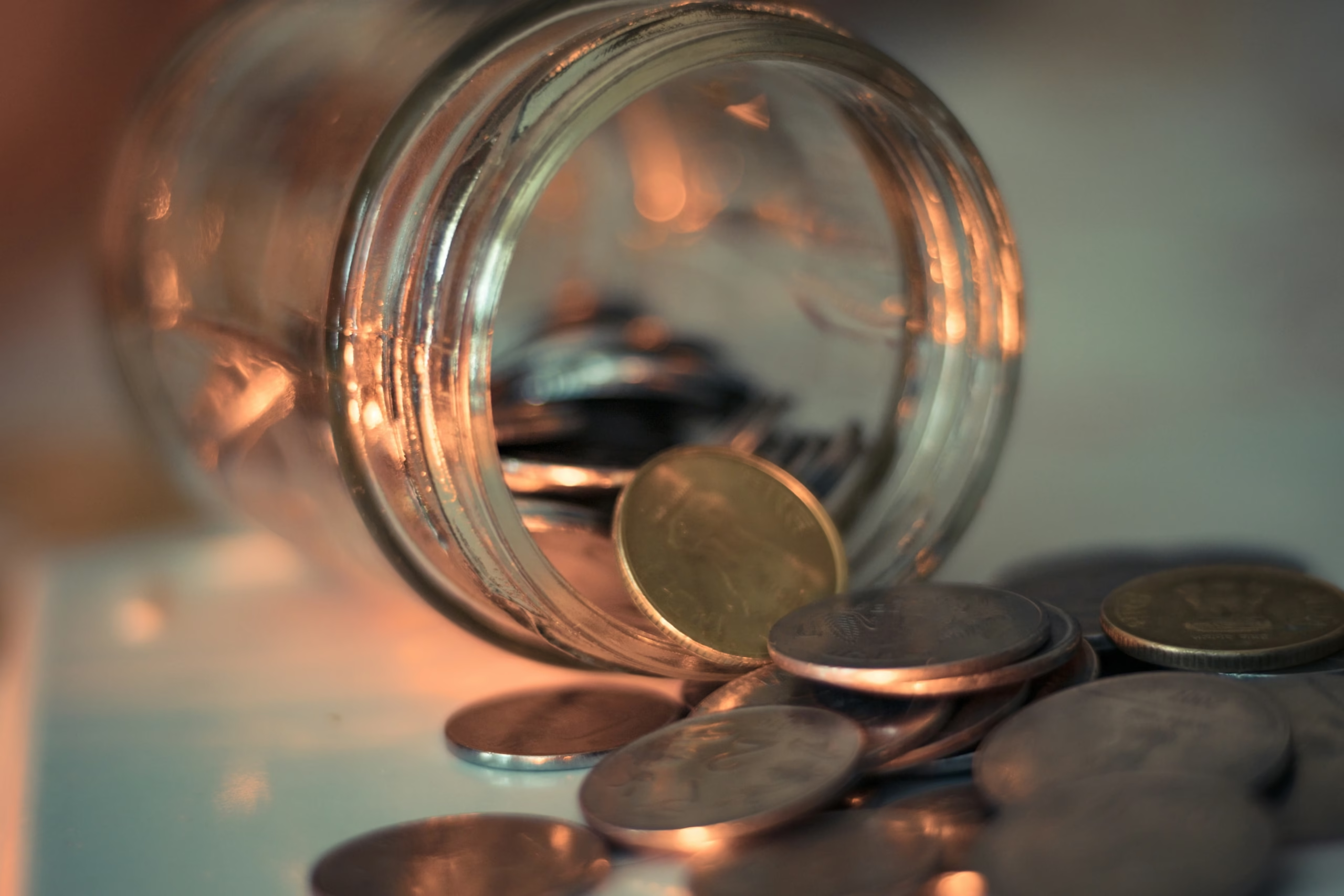
Coin collecting for beginners in 2025 is more than a hobby—it’s a treasure hunt where every coin tells a story. From the wartime 1943 Steel Penny to the modern 2000 Sacagawea Dollar, your collection starts with curiosity and a few cents. Armed with a loupe, gloves, and this guide, you’re ready to explore. Will your first find be a $10 keeper or a $10,000 rarity? Check your change, dive into our guides like Rare Canadian Coins, How to Tell If a Coin Is Valuable, or Top 5 Coin Cleaning Mistakes, and see where your collecting journey leads next.. The next valuable coin could be in your pocket—happy collecting!
